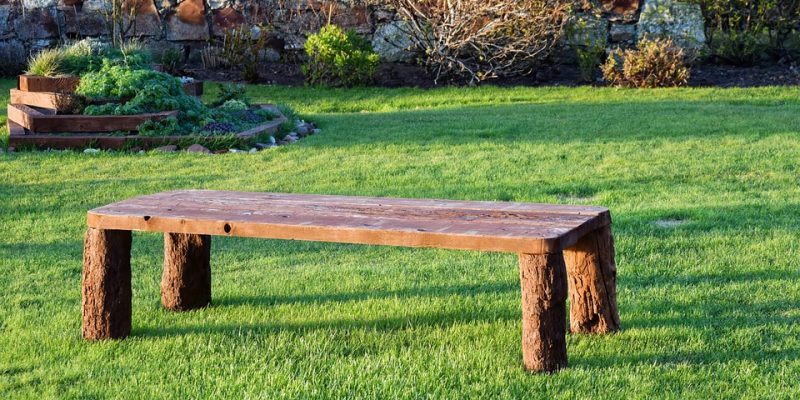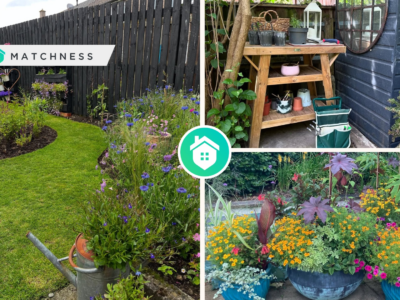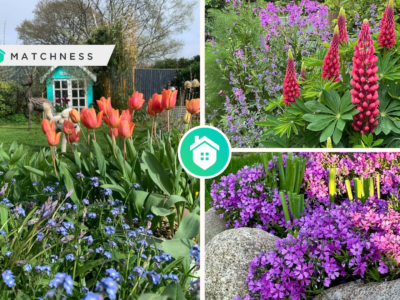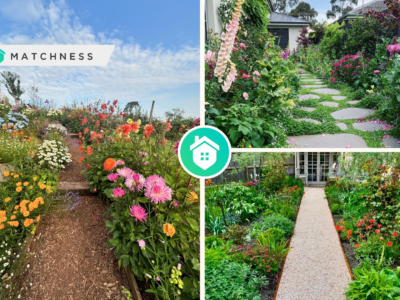Are you looking for the key to having a beautiful, vibrant lawn? If so, core aeration could be your answer! Not only is it beneficial in terms of aesthetics, but there are also multiple practical advantages that come with this simple and easy process. Lawn aeration has several benefits that every homeowner should be aware of. These benefits range from helping soil mixes to improving root development and irrigation absorption. So if you’re wondering why your yard needs it – read on!
What Is Core Lawn Aeration And Why You Should Do It In Your Yard This Season?
Aeration might be one of the best investments commercial lawn care services can give to homeowners. This process involves the use of a spade to remove small plugs of soil from your yard, allowing the soil to absorb more oxygen, thus leading to better absorption of essential nutrients for strong grass growth. It will help reduce the effect of compaction and strengthen the root system.
In addition, aeration helps increase the strength of your lawn, makes it easier for the soil to absorb water and fertilizer, and makes it more resilient to extreme weather conditions such as drought or heavy rains.
Ultimately, aeration can lead to long-term improvements in the health of your lawn, making it greener and denser over time. Therefore, having this service done by commercial lawn care experts this season is definitely a wise choice!
Benefits of Lawn Core Aeration – Improved Soil Structure, Enhanced Nutrient Absorption & More
A lawn core aerator service offers a number of benefits for the entire lawn. From improved soil structure to enhanced nutrient absorption, lawn core aeration can help lawns become more drought-resistant and better able to withstand extreme temperatures.
Additionally, lawn core aeration increases lawn drainage, helps reduce weeds and thatch buildup, as well as improving the lawn’s ability to absorb fertilizer and other lawn care products. Moreover, it results in less compaction, with your grassroots being deeper, allowing them to penetrate the soil more deeply and produce an even healthier turf overall.
For these reasons, having a lawn aerator machine can be an invaluable asset for any serious homeowner looking to create and maintain a lush, healthy lawn.
Tips for Identifying and Fixing Compacted Soil Before Taking on an Aeration Project
Compacted soil can make landscape projects difficult, especially when attempting aeration. To ensure the success of your landscape project and maximize its potential, landscape contractors Milwaukee recommend identifying and repairing compacted soil before beginning an aeration project.
Soil compaction happens when soil is over-saturated with water or pressure; however, if you focus on proper irrigation habits, like deep-watering indoors and slowing down your outdoor irrigation cycle to minimize runoff, you’ll be able to minimize compaction problems.
If the soil is too heavily compacted for this practice to help, then having a professional landscape contractor use a grubber or tiller to break up the dense earth will fix the problem quickly and easily without dampening any future landscape plans.
The Impact of Climate Change on Your Lawn Care Routine
Taking care of your lawn is an essential part of owning a home and one that can be impacted by climate change.
In recent years, extreme weather events such as droughts, floods, and heat waves have become more frequent as the temperature continues to rise. As a result of higher temperatures and harsher weather conditions, it’s essential to maintain a strategic approach to lawn care products and services in order to keep your lawn looking lush and green.
Understanding how local weather patterns are changing due to climate change is paramount in sustaining healthy grass growth while minimizing wasted time and money. Water conservation practices such as xeriscaping might also be considered when creating a well-maintained landscape.
While these changes can seem disruptive at first, they are essential for keeping up with the effects of global warming on our environment.
When’s the Best Time to Aerate Your Lawn, and How Often Should You Do It
It is recommended to aerate the lawn once a year to keep it healthy and full of life; however, when you should do this depends on the type of grass.
Generally, for cool-season grasses like bluegrass and fescue, early spring or late fall are best; warm-season grasses such as Bermuda and St. Augustine prefer aeration during warm months.
No matter what type of grass you have, be sure to aerate after drought or heavy rain in order to reduce compaction. Aeration can make all the difference in the health of your lawn; it alleviates soil compaction, allowing water and nutrients to penetrate deeper into the root zone so your plants can thrive.
Homeowner Hacks for DIY Lawn Core Aeration Without Breaking the Bank
If you want to maintain a healthy lawn but are worried about the cost of core aeration, there are some great tips and tricks you can do yourself to get your lawn looking its best without breaking the bank.
Practicing prevention is key; watering your lawn deeply and regularly, only mowing your grass when it’s dry, and keeping an eye out for disease, pests, and weeds — these are all simple, effective ways to keep your lawn healthy.
But if you’re already in need of core aeration, DIYing is still an option. Consider power raking first; this helps scrape away dead grass clippings and debris as well as surfaces thatch deposits, resulting in better water absorption. Another practical tip is to use garden pitchforks to self-aerate if core aeration isn’t available or you’re on a tight budget.
With just a little effort and patience, you can successfully practice DIY lawn core aeration and create a healthy, beautiful outdoor space!
Conclusion
Lawn core aeration is crucial to be able to upgrade your landscape. It has many benefits, such as improved soil structure and enhanced nutrient absorption. Knowing the signs of compacted soil and the consequences of climate change can help you determine when you should aerate your lawn.
Depending on where you live and other factors, it may be best to do indoor aeration at least once a year, while light surface aeration can be done in spring and fall. If done correctly, DIY lawn core aeration can save you money, so get creative – garden stores and online platforms offer some helpful tools.
Don’t underestimate the power of lawn aeration and all it has to offer – create a better landscape with less maintenance than before! So what are you waiting for? Take advantage of this upgraded way to achieve a healthier, more vibrant lawn that will last for years to come.




















